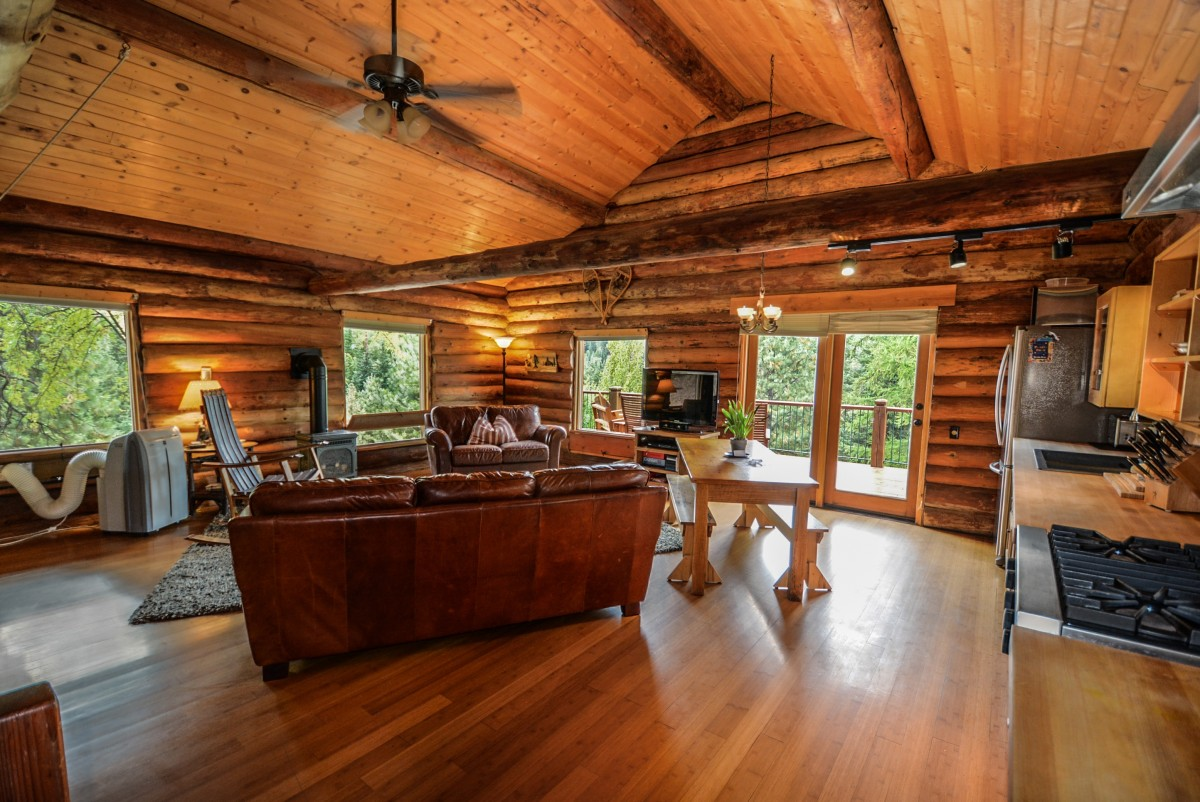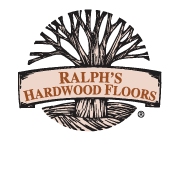A vacation home is a place where people go to relax and spend anywhere from a few days to several months each visit. But what happens with the hardwood floors when nobody is there? Even after being transformed into flooring, wood is still a natural material that reacts to changes in the environment, such as humidity, temperature, and sunlight.
 So, what can you do to maintain your vacation hardwood floors when you’re not there to keep an eye on these changes?
So, what can you do to maintain your vacation hardwood floors when you’re not there to keep an eye on these changes?
Humidity and Temperature
The most important things to consider are humidity and temperature, which are closely related.
Fluctuations in humidity are adverse, while constant high humidity is even worse. The NWFA (National Wood Flooring Association) says that normal humidity levels should range between 30 percent and 50 percent to ensure good long-term hardwood performance.
During humid, warm summers, hardwood floors absorb moisture from the air. That results in swelling and expanding, which can create pressure between the boards. The hardwood floors can crack, cup, buckle, or crown. During the dry season when relative humidity is lower, wood boards shrink, which may result in the same problems.
That’s why you should use your air conditioner and a dehumidifier to maintain proper humidity and temperature levels. You can install a programmable thermostat (some of them come with a pre-programmed vacation mode) to keep the house at a constant temperature while it’s vacant.
There are some relatively new solutions in air conditioning that can also help you manage the humidity and temperature, such as high-velocity, small-duct AC systems and inverter ACs.
Compared to solid plank hardwood floors, quality engineered hardwood flooring is more stable. However, the top layer of hardwood on engineered floors can also react to humidity and temperature fluctuations, so it’s still important to control these factors in your vacation home.
Sunshine
Leaving your hardwood flooring exposed to sunshine for a prolonged period is not advisable because sunlight can lighten your hardwood floors. To protect your flooring, close all the curtains, mini-blinds, shades, and other draperies when you leave. If your vacation home has a large, glass-sliding door, it would be wise to invest in a protective screen for added protection.
Besides minimizing the light sources in your vacation home, it’s a good idea to rearrange your furniture and rugs occasionally to keep the floor color consistent across the entire room.
If you need guidance on how to pick the most-stable hardwood floor options for your vacation home, you can always stop by our showroom. We will be glad to give our expert advice.















